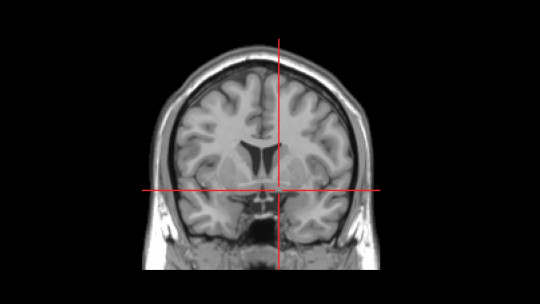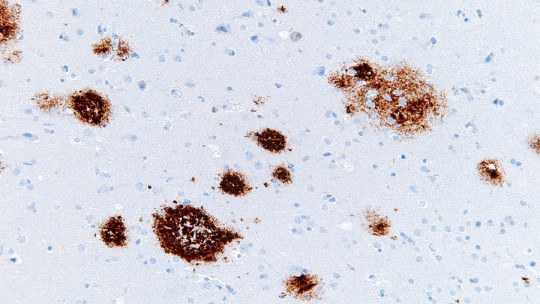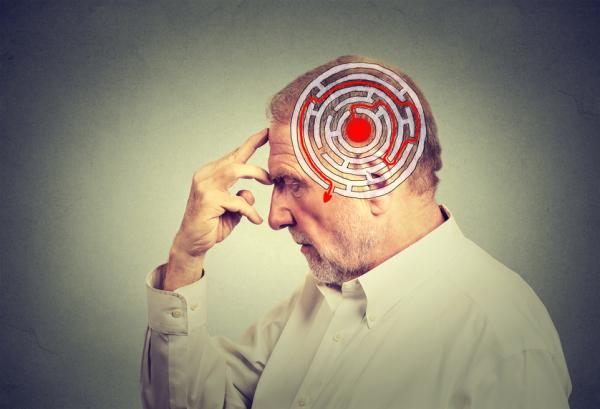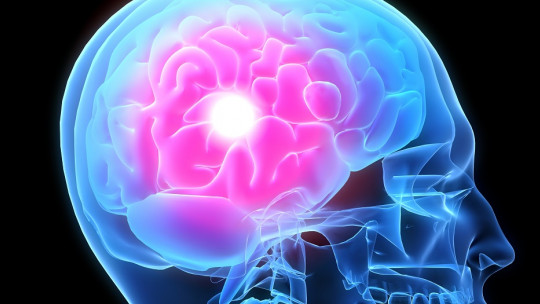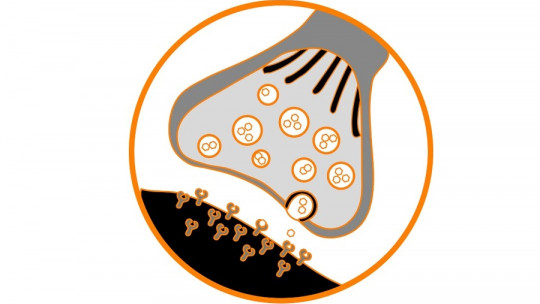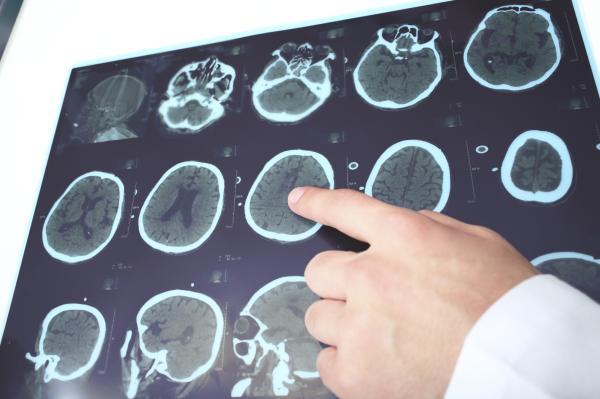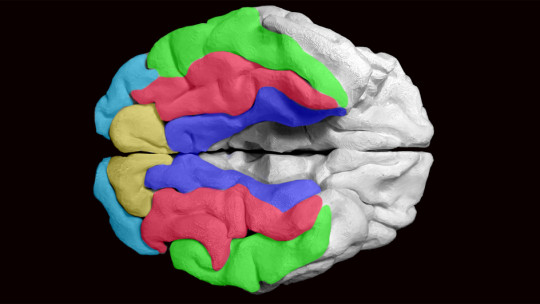Dementia is the neurodegenerative disease that most affects the population in old age, with Alzheimer’s being the most common of all of them, affecting more than 1.2 million people in Spain, which makes it a disease that requires great care. attention to health.
Alzheimer’s disease is not a natural disease caused by aging and living with it changes the lives of the person who suffers from it and those around them. To find out how people who suffer from this disease live and what resources are available for their treatment, continue reading this article from Psicología-Online: Alzheimer’s: what it is, symptoms, causes, phases and treatment
What is Alzheimer’s?
Alzheimer’s, Alzheimer’s Disease (AD) or Alzheimer’s disease, is a neurodegenerative disease, being the most common of all dementias. It consists of a disorder considered serious, degenerative, caused by a progressive loss of neurons cerebral. The prevalence is in older people and very rarely in young or middle-aged people.
In general, the disease produces a deterioration in memory, affecting the ability to remember; in language, producing difficulties in communication; and in thinking, deterioration appearing in reasoning.
Alzheimer’s symptoms
The way the different Alzheimer’s symptoms appear can be very varied in people who suffer from it, there is no single evolution and the disease may not be noticed until it has evolved a little. The symptoms that make us think about the appearance of this disease are the following:
- Memory loss: Memory loss is the first symptom perceived in this disease. First of all, there is a deterioration of the short term memory, where forgetting occurs about the closest actions, such as not remembering what they had for dinner that night. Generally, the person is aware of these memory losses, although the most common attitude is to try to hide it. As the disease progresses, memory deteriorates, affecting long-term memory.
- Difficulties performing daily tasks: People who suffer from Alzheimer’s suffer difficulties in carrying out tasks that they do normally, such as using household appliances, forgetting where they have stored certain objects, forgetting what they were supposed to buy when shopping…
- Alteration in language: Difficulties are seen in expression, where it is difficult for the person to say what they want to convey. Frequently, they use “circumlocutions” such as: “I will be lying there where you sleep,” instead of saying in bed.
- Disorientation in time and space: It is common for there to be disorientation regarding the day in which they are, the place, where they live,… which is why it is common for them to become disoriented and get lost.
- Decreased judgment: there is a difficulty in making simple judgments and therefore it is normal for them to make incorrect decisions about, for example, what clothes they should wear because of the weather.
- Abstract thinking: They have great difficulty in being able to carry out abstract thoughts, such as calculation.
- Mood and behavior changes: People with Alzheimer’s can experience sudden changes in mood and behavior, often accompanied by agitation, which can impact their family members and those closest to them.
- Personality changes: Although it is common for personality to change in old age, in this disease the changes can be very drastic, with distrustful, dependent or surly personalities being prevalent.
- Initiative: People with Alzheimer’s have difficulty taking initiative, with everyday actions to which they have been accustomed, such as running the house or doing bills. For this reason, they often end up spending long periods of time in front of the television without paying attention to the stimuli around them.
Causes of Alzheimer’s
The main cause of Alzheimer’s is progressive decrease in brain neurons Specifically, the production of the neurotransmitter acetylcholine is reduced, causing a deterioration in the cholinergic pathways of our brain system. As it is an unknown cause, it is difficult to predict the factors that can cause the disease, however there are some factors that increase the probability of its appearance, such as:
- Age: The appearance of the disease is frequent in people over 60-65 years of age, with 80 years as the average age of diagnosis.
- Gender: The female sex has more prevalence in their disease.
- Genetics: It is estimated that 40% of people who suffer from Alzheimer’s disease have had a family member who also suffered from it.
- Environmental factors: A high relationship has been demonstrated in the appearance of Alzheimer’s with tobacco, determining it as a risk factor for the disease, as well as high-fat diets.
Alzheimer’s: phases
The disease goes through different stages, which are characterized by progressive deterioration. The phases of Alzheimer’s are as follows:
1. Initial or mild stage
In this first phase of Alzheimer’s, it is difficult to perceive the damage caused by the disease. They begin to be produced small forgetfulness, like where you left your car keys or difficulties may appear in finding the right word. In this phase of Alzheimer’s the person can take care of themselves, performing the tasks of daily life and even working and driving. However, a lack of spontaneity, initiative and a depressive tendency begin to be seen. The sudden mood changes which can lead to apathy and thus isolation and the capacity for judgment decreases.
2. Intermediate or moderate phase
In the second phase of Alzheimer’s, its appearance is already evident. The patient already experiences difficulties carrying out daily activities, like going shopping or preparing dinner. Memory is not the only thing that is clearly altered, problems also appear in the ability to reason and understand and its deterioration progresses more rapidly.
3. Advanced or severe phase
In this phase of Alzheimer’s you see altered all cognitive functions, where there is great difficulty in speaking correctly, produces constant repetitions and connects them in an incongruous way. In the advanced phase the person stops recognizing his family and closer beings, and they cannot recognize themselves either. On the other hand, the small periods of disorientation that could appear previously are constant and they can forget the most basic actions such as walking. The apathy who experience cause that they can spend long hours without any activity and lose all their autonomy. Finally, they suffer constant mood disturbances with laughter or crying for no apparent reason and without understanding speech. In the most serious stages of the disease, they may suffer from rigidity and mutism, and may reach a vegetative state.
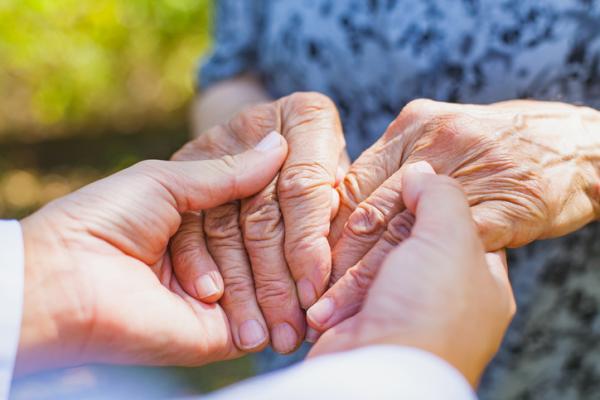
Alzheimer’s treatment
Currently there is no treatment that can reverse the degeneration in Alzheimer’s. However, in some patients, it is possible that in the initial or middle phase of the disease, they can use medications that help delay deterioration for a time.
At a pharmacological level, the drugs that tend to be used for the treatment of Alzheimer’s are cholinesterase inhibitors which allow the deterioration of some symptoms to be delayed, generally for half a year.
When psychological and behavioral symptoms appear, there are treatments that help increase the quality of life of people who suffer from the disease and those around them. It is common to use drugs in combination, given the wide variety of symptoms. For example, in the face of depressive mood, antidepressants and for sleep disturbances, agitation or hallucinations, the neuroleptics or benzodiazepines
It is important in the treatment of Alzheimer’s to give rise to palliative medicine, in order to help the patient to have greater well-being. This care refers to helping the person face illness and death. On many occasions, many patients prefer to do without curative care and benefit only from palliative care to reduce pain.
It should be kept in mind that Alzheimer’s disease currently has no cure and that all treatment possibilities are based on reduce disease and increase quality of life of these people.
This article is merely informative, at PsychologyFor we do not have the power to make a diagnosis or recommend a treatment. We invite you to go to a psychologist to treat your particular case.
If you want to read more articles similar to Alzheimer’s: what it is, symptoms, causes, phases and treatment we recommend that you enter our Neurosciences category.
Bibliography
- De Ocho, E., Coronado, H., Martínez, M & Nevado, M. (1996). Practical guide to Alzheimer’s disease. Ministry of Health and Consumer Affairs: National Health Institute.
- Ministry of health, social policy and equality (2011). Clinical Practice Guide on Comprehensive Care for People with Alzheimer’s Disease and other Dementia. Ministry of Science and Innovation
- Peña, J. (1999). Alzheimer disease. From diagnosis to therapy: concepts and facts. “la Caixa” Foundation.


